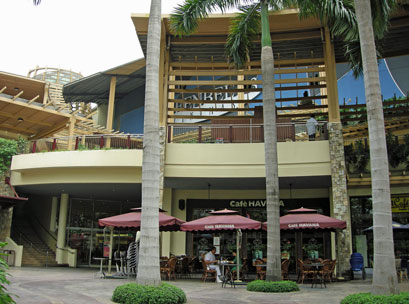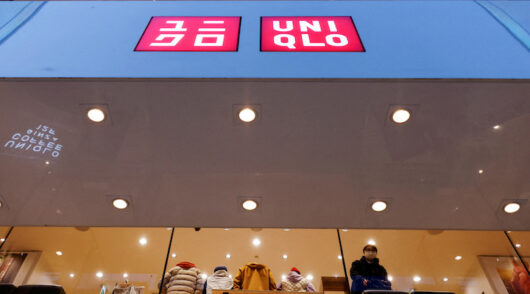Department stores are now tinkering with town square concepts to anchor their big boxes.
As the next generation of shopping centres seeks to be the “third place” after home and work, retooling the old market square will need to be at the centre of their quest as well.
The market square has been the natural centre and heart and soul of towns for several millenia, and Ron Johnson, new CEO of US department store chain JC Penney, wants to put one at the heart of all his stores. Before his move to JC Penney, Johnson was the man in charge of Apple’s retail stores, whose spectacular success gives him a bit of street cred. So maybe he’s onto something.
The square has always been a magical place in our civilisation. Here were the clock tower, town hall and market, where people came to gossip, transact business, shop, watch performances, make political speeches, and hold military parades.
And since everyone gravitated there, market squares have also been ideal locations for public spectacle and setting the right example. So, throughout history, this is where you’ve seen floggings, stonings, and criminals, and heretics being executed and hung out on the gibbet for days afterward as a deterrent to others.
Even when the enclosed shopping centre was invented, a quasi market square – called the centre court – was incorporated, although its function has usually been more of a navigational reference point than a genuine centre of activity. The life of the enclosed mall was intentionally diffused along the laneways, not concentrated in the square.
When the town centre as a property class emerged in the mid-1980s, the market square made a stunning comeback. Centres built in the US leaned heavily on nostalgia for the old European gathering places, replete with stucco, fountains, statuary, and greenery. Around this open-air central square were alfresco restaurants where customers could recharge between sorties to their favourite luxury and lifestyle boutiques in the adjoining laneways.
The best of these centres are the ones that did the best job on the square – they got the scale right, built from the right construction materials, did the landscaping tastefully and had the most inviting places to sit and watch life go by: Easton Town Center, Kierland Commons, Mizner Park, CityPlace, Santana Row, Greenbelt (in Manila), the list goes on.
Not surprisingly, these are also high-productivity shopping centres. This doesn’t mean that the usual drivers of shopping centre economics didn’t apply (correct location, market positioning, tenant mix, and so on), but rather that the most special shopping places are associated with a high level of social value. Without social value, a shopping centre is simply a boring old house full of brands.
Which leads us back to JC Penney. Johnson wants his stores to be more than just a house of brands, and to accomplish this he plans to incorporate a town square into each of the company’s 1100-strong store fleet, many of which anchor regional shopping centres.
What will this town square consist of? We still don’t know a lot except for the broad outlines: it will be a 10,000sqft section sliced out of the middle of the store offering services that will at least partly be brought in from the neighbourhood of the store rather than emanating from the store itself. There’ll be a rotating menu of attractions such as free haircuts and free food. And the town square will also “merge the physical and digital worlds”.
We won’t have long to wait to see what all this looks like because the new concept is being introduced in August this year.
Of course, this may all end up to be a corny non-event. A market square in a department store is hardly going to be the kind of great civic asset that a heretic medieval friar would be proud to get himself hung in.
But a market square in a shopping centre certainly can be.
Shopping centres have long been a great distribution channel for goods and services and will remain so. But centres will need to change if they are to become the true third place after home and work that they aspire to be.
To get there they cannot just be thinking in terms of more food and beverage, or more entertainment, or more or less of this and that.
Rather, they need to think in terms of how they can create places that drive genuine social value, out of which will flow economic value too.
The market square, the town square, the piazza, the plaza, whatever it is you want to call it, is a great place to start pushing the next evolutionary phase of the shopping centre. It can be a place where people fraternise, feed the birds, swim in the fountain, eat, drink, play games, watch performances, do business, have picnics, seek advice, and… have a market.
It will not be quite the same as the market squares of the past. No lynchings, no burnings at the stake, no armies will march through. But that’s okay, we’ll just have to make do with video games.
* Michael Baker is principal of Baker Consulting. Email Michael.






